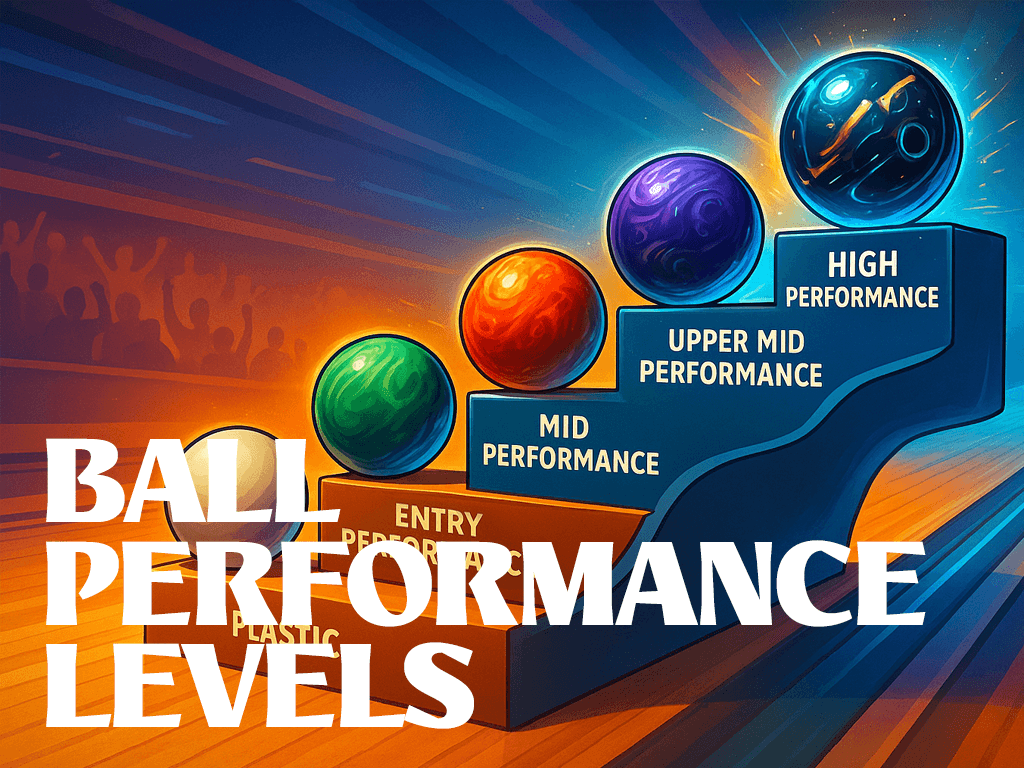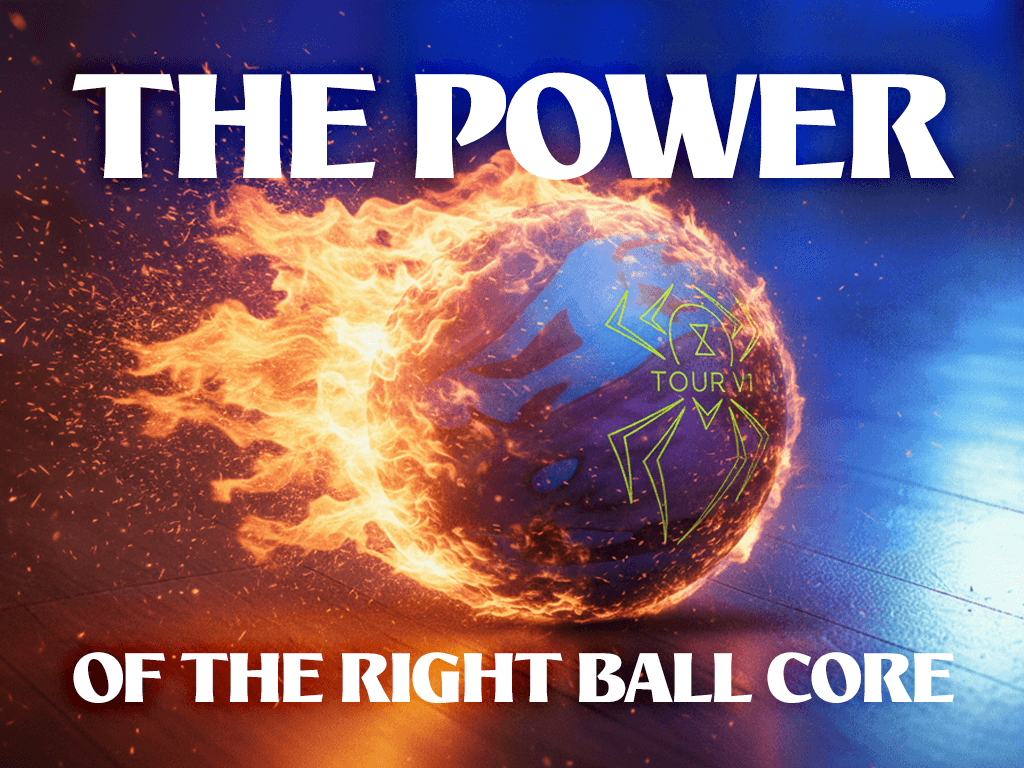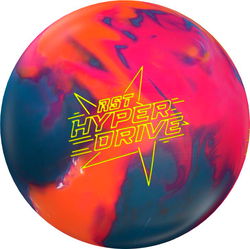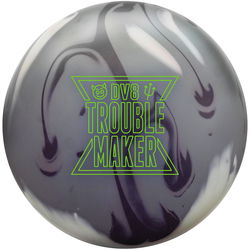Now we all know that bowling balls have different weight blocks and different coverstocks to give them their own personal reaction. Now with these different materials and shapes, we get RG Values. What does RG stand for? Well RG means Radius of Gyration. (1) USBC defines RG of a bowling ball as a measurement in inches and is the distance from the axis of rotation at which the total mass of a body might be concentrated without changing its moment of inertia. Think of it like a Football. It can spin happily end over end or as a spiral. It will take longer to make one rotation at the same speed end over end than it will to rotate as a spiral, because the Radius of the end over end axis is longer than the spiral axis. So this means the end over end axis is the High RG plane and the spiral axis is the Low RG plane. The difference in those two axis RG values gives you your Differential. When you see the RG number on a ball advertised they are giving you the Low RG plane number. Now Differential is the driving force that causes track flare.
Now lets break this down with the numbers involved:
- RG ranges from 2.460” – 2.800”
- Low RG: 2.460” - 2.570”
- Med. RG: 2.570” - 2.680”
- High RG: 2.680” - 2.800”
With that being said, the lower the RG number the earlier the hook. Just the opposite with High RG, the higher the number the more length you will get out of the bowling ball.
Now companies also provide us with Differential along with the RG. Stated earlier, Differential is the number that tells us Track Flare Potential.
- Differential ranges from .01 - .08
- Low Diff: .01 - .025 (Low Flare Potential)
- Med. Diff: .026 - .05 (Med. Flare Potential)
- High Diff: .051 - .08 (High Flare Potential)
Now the more Flare you have on a bowling ball means more of the bowling ball is touching the surface. With more of the surface touching the lane, the earlier the ball wants to hook. Just the opposite with Low Flare, less of the ball surface is touching the lane, causing the ball to get more length due to the surface rolling of the same part of the bowling ball which is now covered in oil. So again, more surface touching the lane causes earlier roll with more friction touching the lane. Less surface equals less friction promoting more length.

Lets take a look at the Storm !Q Tour Ruby as an example. The RG is 2.49 with a Differential of .029. Now just based on the numbers this ball wants to roll early but with med.-low flare potential, it will get natural length. Now coverstock plays the biggest part in ball reaction. If you take away the Polish finish on this ball, it will be very smooth reaction. Since polish is on here, this ball will have length and a strong, flip reaction to it.
Now these numbers will change once your Pro Shop drills into the bowling ball. Depending on the drilling layout that is applied, the numbers may go up or down from there. Again drilling only alters the bowling ball about 5-10% of what it is intended to do. Remember to enjoy the game of bowling and always Practice, Practice, Practice.
Resources:
1. United States Bowling Congress, “Updated Terminology,” Equipment Specifications > Resources (blog), //www.bowl.com/uploadedFiles/Equipment_Specs/Information/Updated_Terminology.pdfHigh-Performance Balls ON SALE
Once you grab a coupon check out the awesome deals above! We have all the bowling gear you're looking for at the kind of deals that make it easy to upgrade.



















